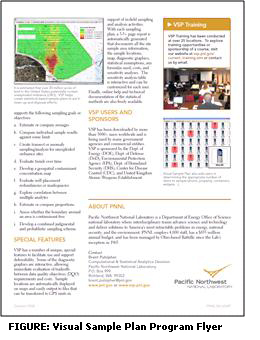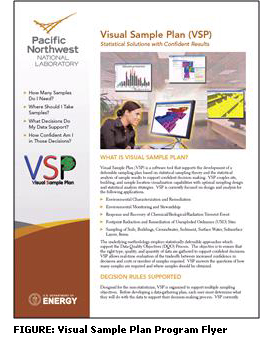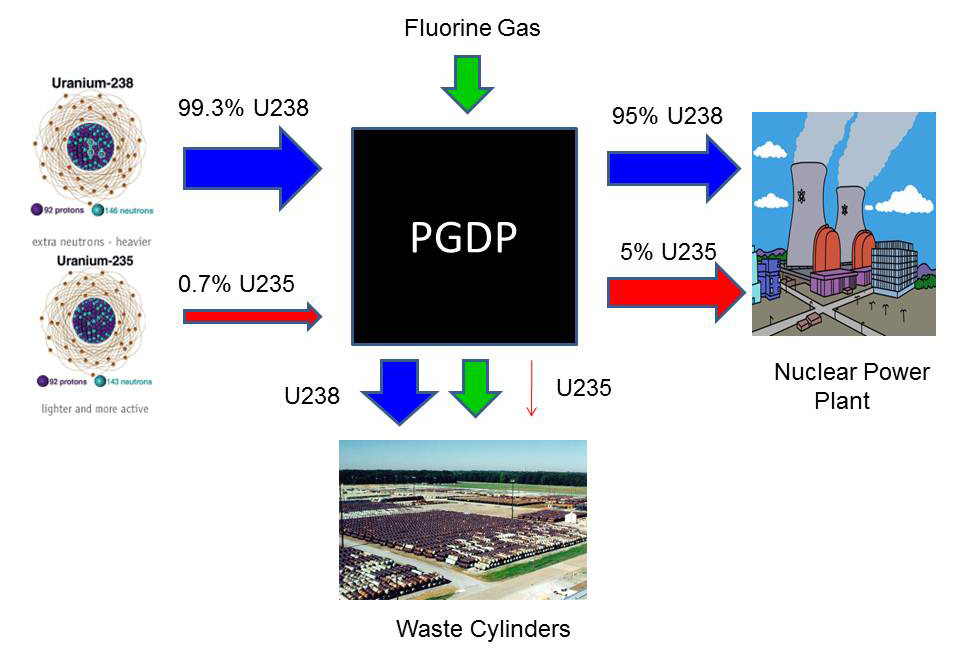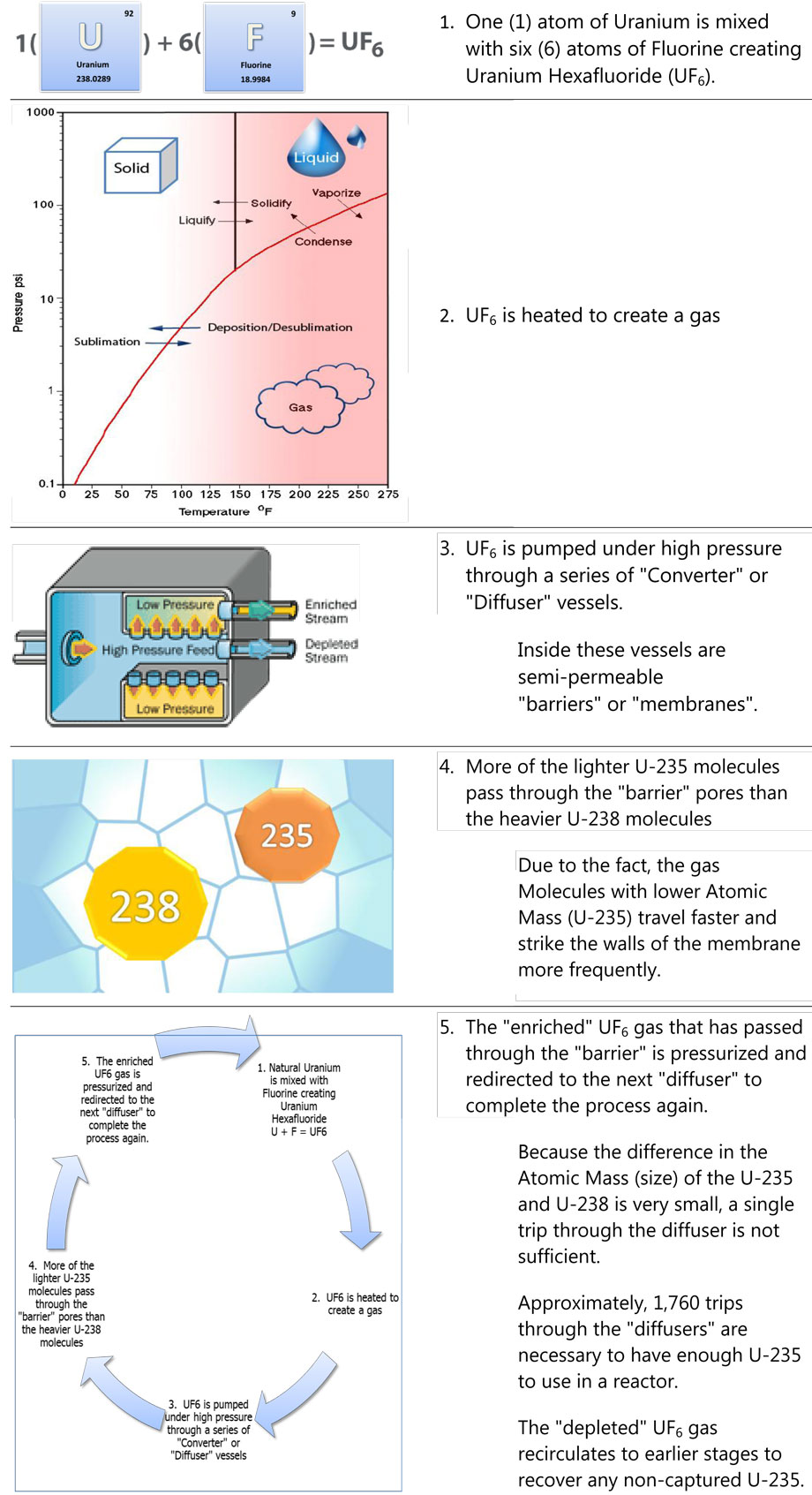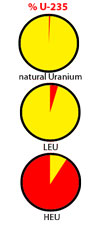a15
KRCEEAdmin2021-02-19T03:19:38-05:00Physical Models and Construction
The Paducah Citizens Advisory Board, DOE Site Office, DOE Portsmouth/Paducah Project Office (PPPO) and University of Kentucky (UK) researchers routinely discussed needs to provide an interactive map or maps of the Paducah Gaseous Diffusion Plant (PGDP) that could be used to support discussions about industrial site cleanup, facilities demolition, waste disposal, groundwater remediation, future use, and other issues. Historically, such a request would be answered with a series of very basic, one dimensional subject matter maps.
Discussions shifted to models to address the cited needs. Models would typically be 3-D milled surface topography with topographic maps or imagery overlays – plastic trees – maybe some physical buildings. The simple milled surface model was unlikely to serve the intended uses. The size of the PGDP and the thousands of acres impacted by historical industrial operations simply would not translate well with traditional map and model approaches.
Initial discussions with the UK-College of Design indicated that a model appropriate to support multiple uses and convey multiple relationships on a scale of the PGDP and its environs was a very achievable challenge. Proposals to build a physical model of the PGDP site and environs were discussed, drafted, reviewed and put in place. An initial model of the PGDP and vicinity was to be constructed for the PGDP Citizens Advisory Board at a scale of 1:350. The design of the PGDP model was generated via interactive Design Industry methods which became the charge of the UK-College of Design (CoD) Spring 2011 Graduate Design Studio.
By the second week of the spring 2011 semester, the Graduate Design Studio had launched The Atomic Cities Project. CoD students collected information. First, information related to the Manhattan Project was collected, followed by information related to the City of Paducah and PGDP’s quietly kept history as a very important player in the Cold War. The Graduate Design Studio utilized extensive site-related information compiled by the Public End State Vision Project, http://www.Paducahvision.org, and followed up with additional information about PGDP operations, cities with similar industry, large scale aquaponic operations, indoor food production, the railroad industry, Federal rail system upgrade plans, the radioactive materials industry, nuclear power, n uclear power trends, the electronics industry, robotics, cities with similar histories and environmental challenges, PGDP impacts to the environment, the two largest TCE plumes in the DOE Complex, groundwater cleanup technologies, worker and neighbor lawsuits, and the regulatory environmental cleanup process.
By mid-semester, the Graduate Design Studio completed organization of PGDP-related information into four common module themes amongst Atomic Cities: Energy, Economy, Education and Environment. The four modules addressed characteristics of cities with atomic pasts, similar environmental impacts, uncertain economic futures. A fifth module “The Problem is the Solution” proposed visionary and contemporary options for future development of the PGDP and vicinity.
Three semesters of Graduate Design Studios aptly named “Manhattan Redux”, “Paducah+”, and “Making City” integrated with the Spring 2011 Atomic Cities Project. Each studio developed a model relative to conveying the information related to the PGDP, infrastructure, and impacts to the local environment.
Spring and Summer 2011 Atomic Cities – Manhattan Redux Studio – 3 Dimensional Model of PGDP and Vicinity and the underlying aquifer.
Fall 2011 Atomic Cities – Paducah + Studio – Industrial Site Model
Spring 2012 Atomic Cities – (re) Making City – International Architecture Biennale Rotterdam Exhibit,

